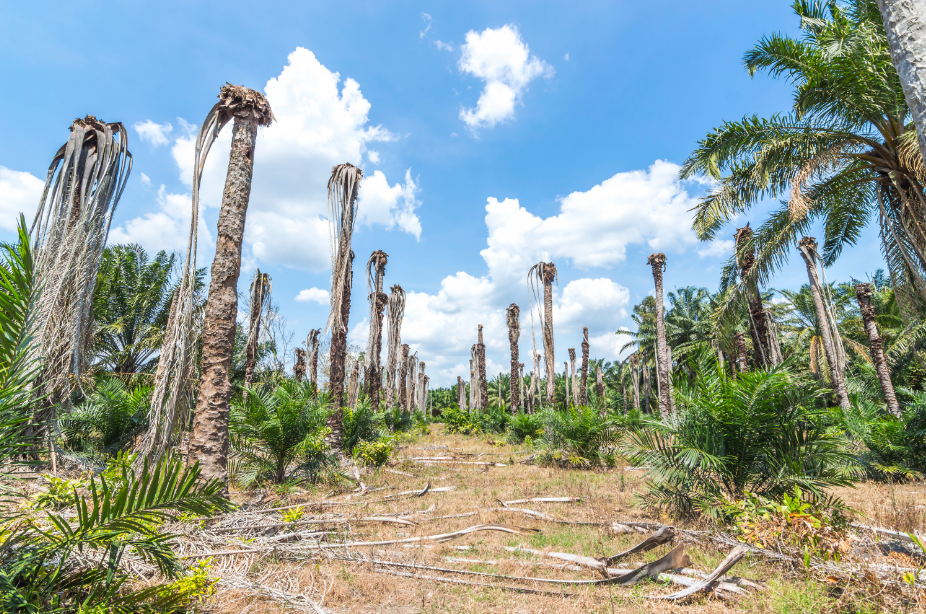How to put palm oil in the past
The European Union has just made official its determination of which biofuel feedstocks are sustainable and which are not. After a long process, it has defined palm oil as a feedstock for which a significant conversion of land with high carbon stock is observed – a so-called high ILUC-risk biofuel – with the aim of phasing out its contribution to EU renewables targets.
The new EU Delegated Regulation isn’t perfect. It leaves open a loophole that would allow significant amounts of palm oil to count towards the EU renewables targets. But it’s still useful in distinguishing good biofuels like EU ethanol from those made from imported, unsustainably produced palm oil.
Now at least Europe can move forward in the effort to increase the share of renewables in transport. The contribution of crop-based biofuels – even those such as EU ethanol that have a proven track record of sustainability – is still capped. But there is room for most Member States to increase the share of such biofuels in their transport energy mix, helping them achieve their renewables targets and greatly reducing greenhouse-gas emissions.
Adopting E10, a petrol blend with up to 10% ethanol, would help many countries to more effectively reduce transport emissions. As the EU moves forward with measures to achieve its long-term decarbonisation strategy, it should do a better job of encouraging the use of sustainable biofuels such as ethanol. To have any hope of making meaningful emissions cuts, Europe needs every effective tool in its kit.
